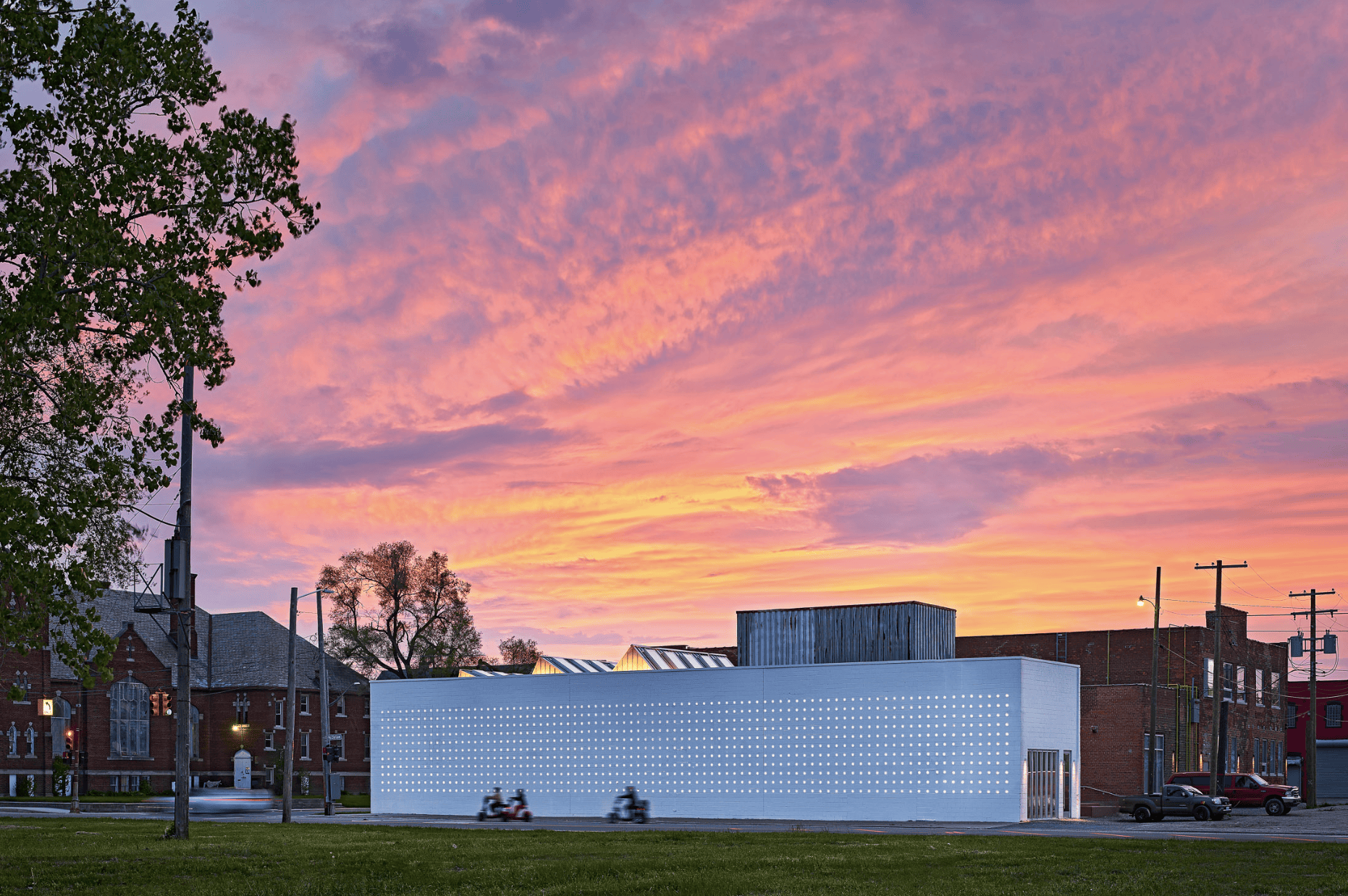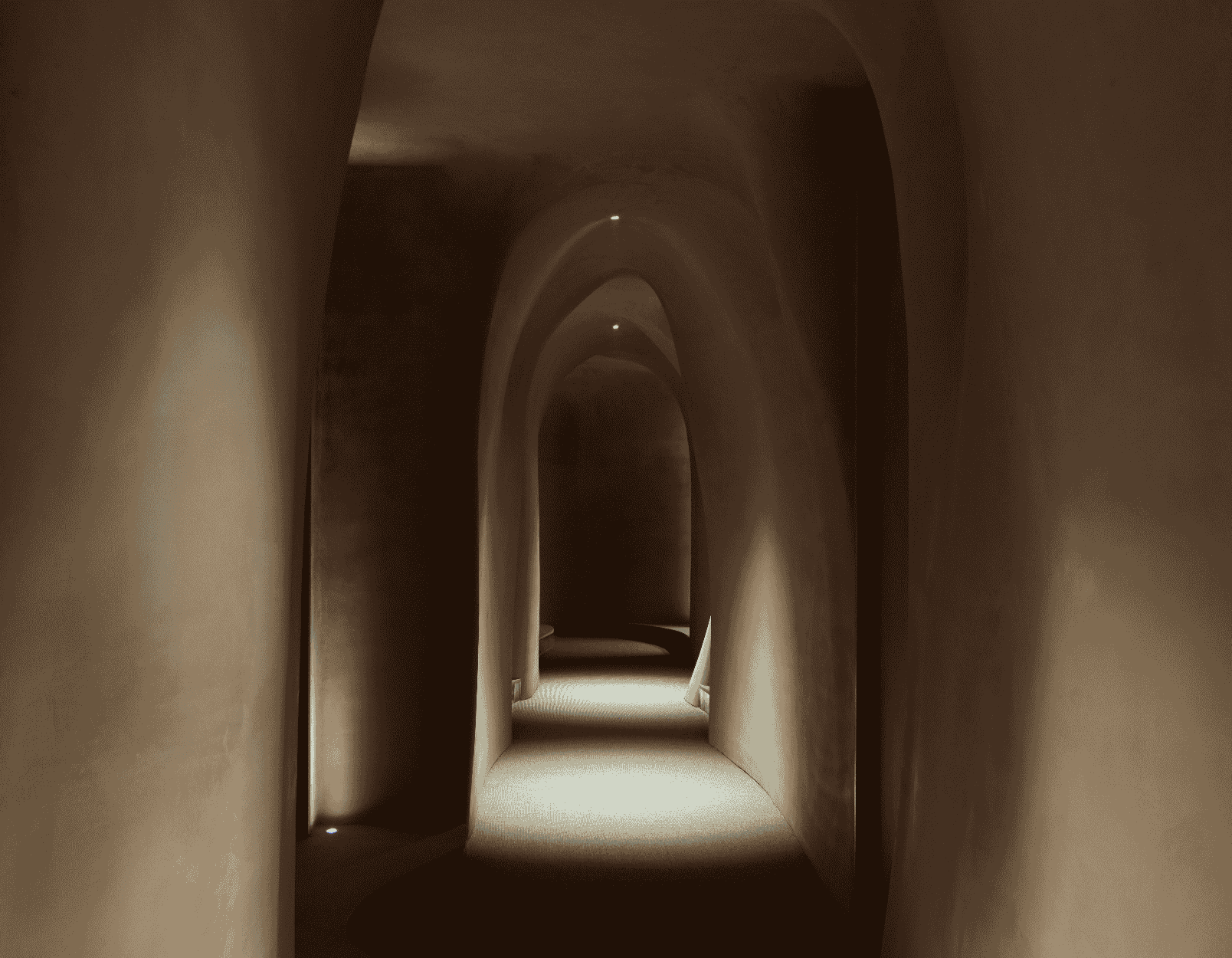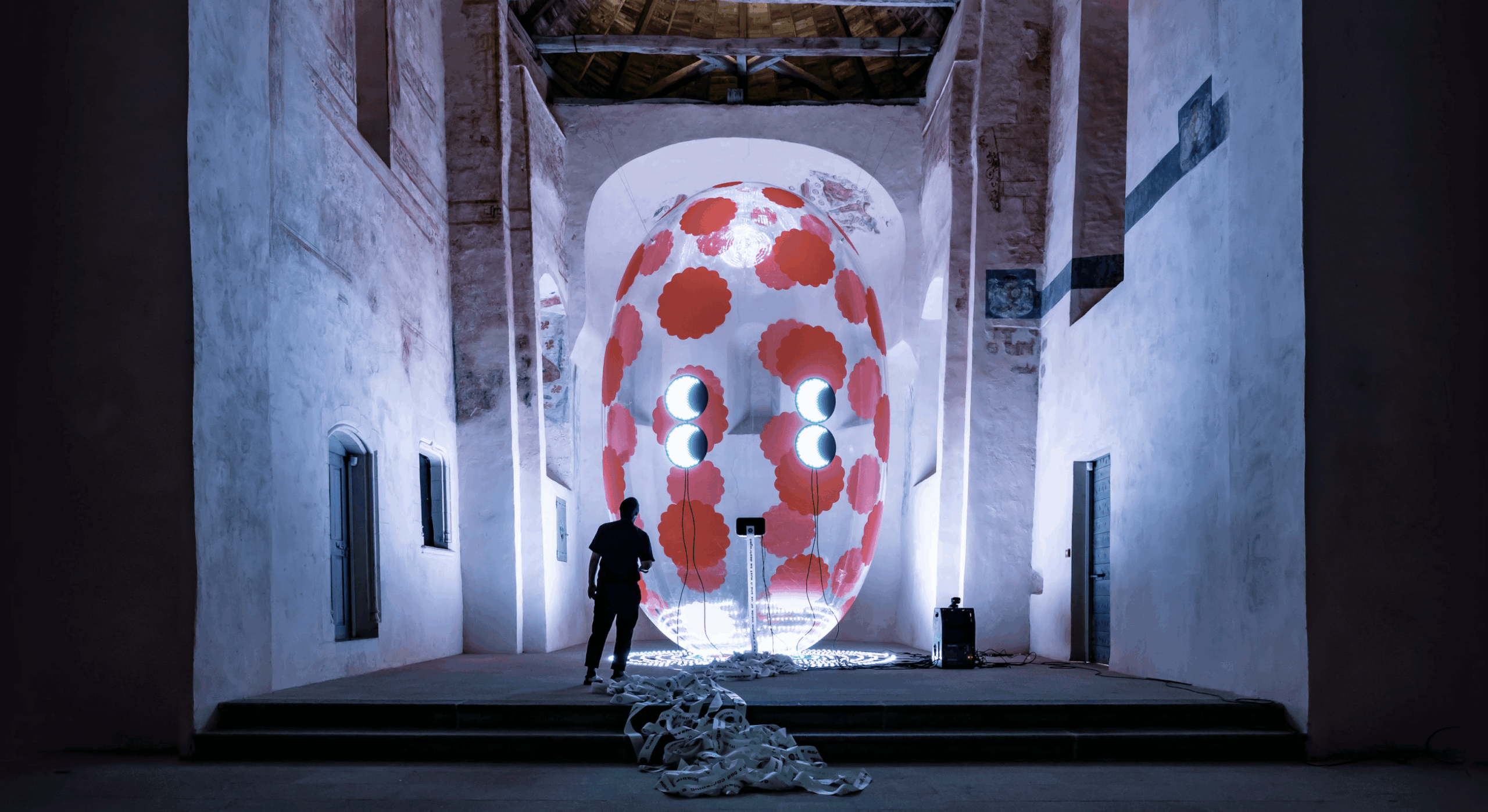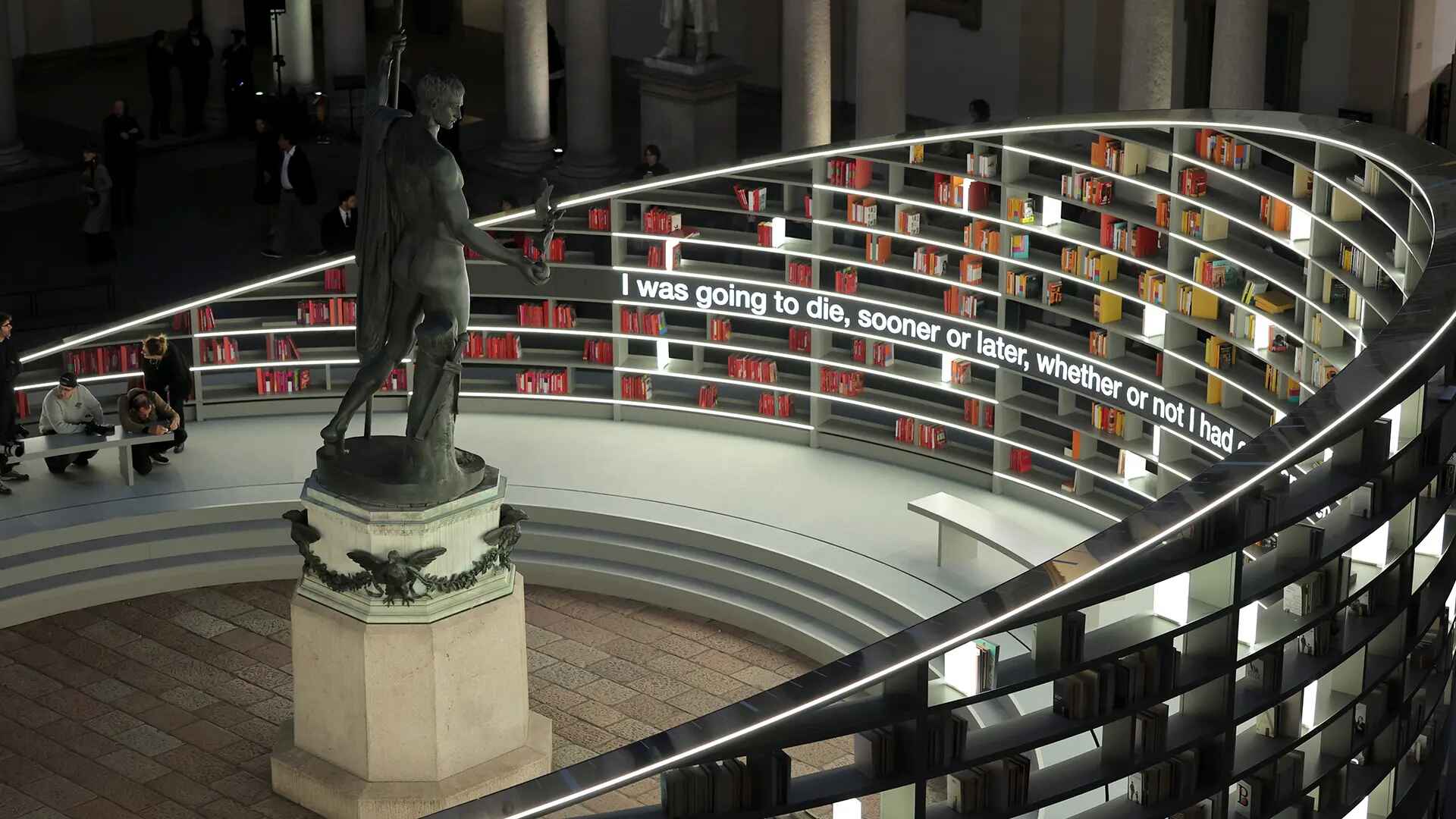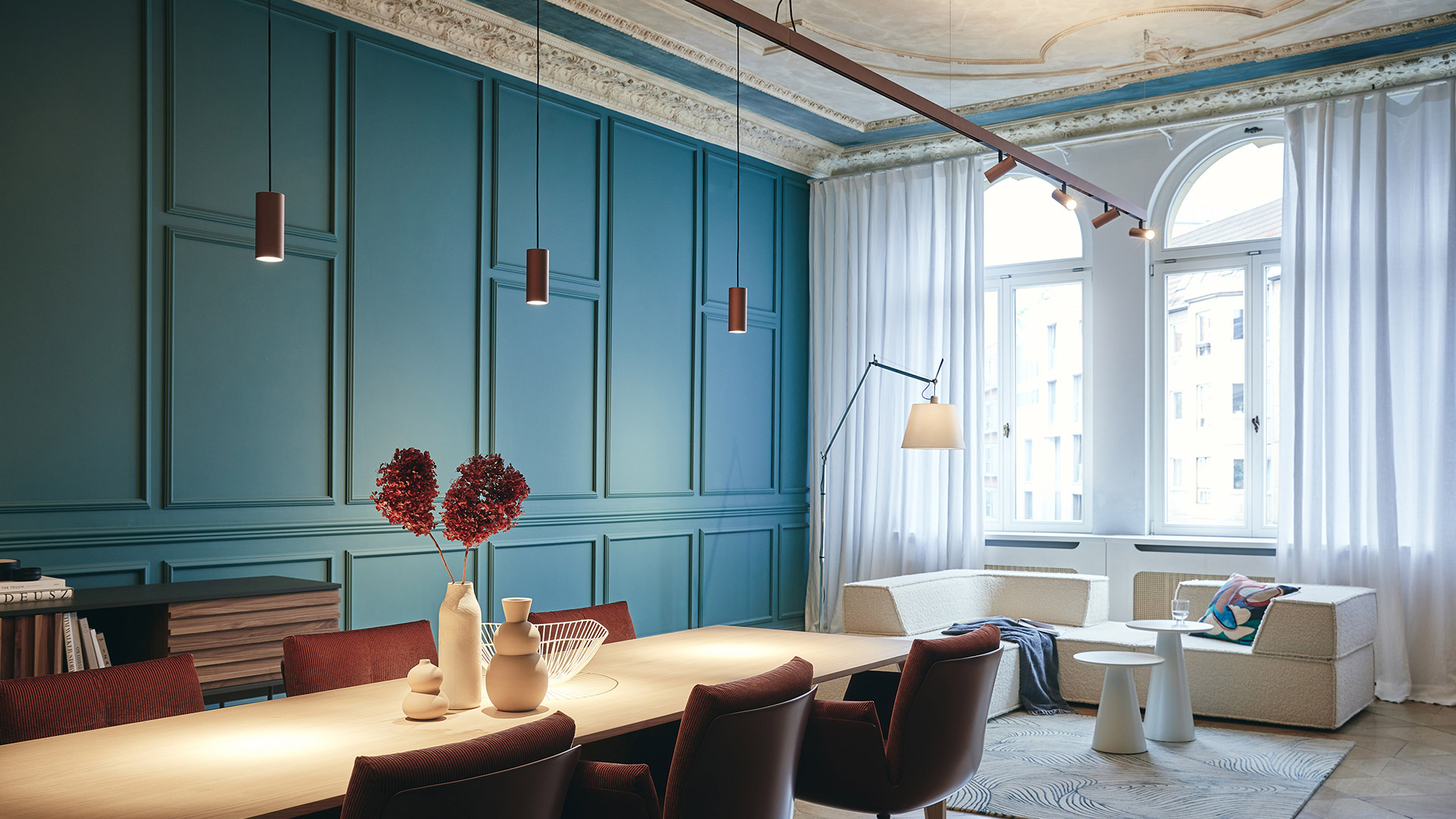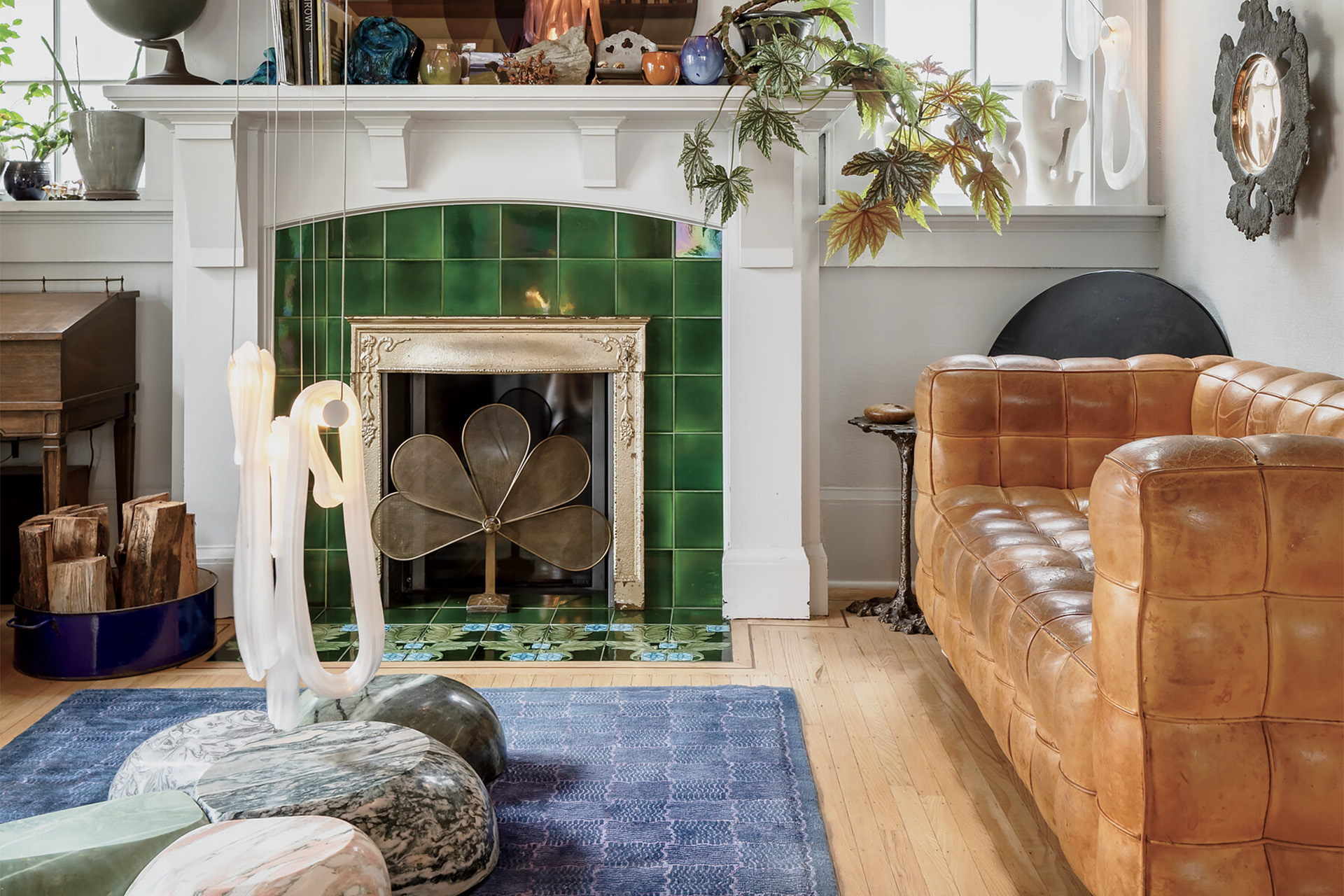Located in Rome’s San Lorenzo district, the new campus of the prestigious Accademia Italiana, a university-level art institution, opened in July 2023. Housed in a historical railway customs building on Via dello Scalo San Lorenzo 10, the campus has been transformed thanks to Federico Ognibene’s lighting design.
Originally designed around 1925 by architect Angiolo Mazzoni del Grande, the building’s extensive renovation and repurposing are supported by Ognibene’s project.
Blending Heritage and Modernity
The building’s recovery is part of a broader revitalization of the entire customs area, a collaboration between The Social Hub, a Dutch hotel chain, and Accademia Italiana, aiming to host Italy’s first design-focused campus. Architect Matteo Fantoni led the concept phase, while Spaini Architetti Associati and Engeko managed the execution.
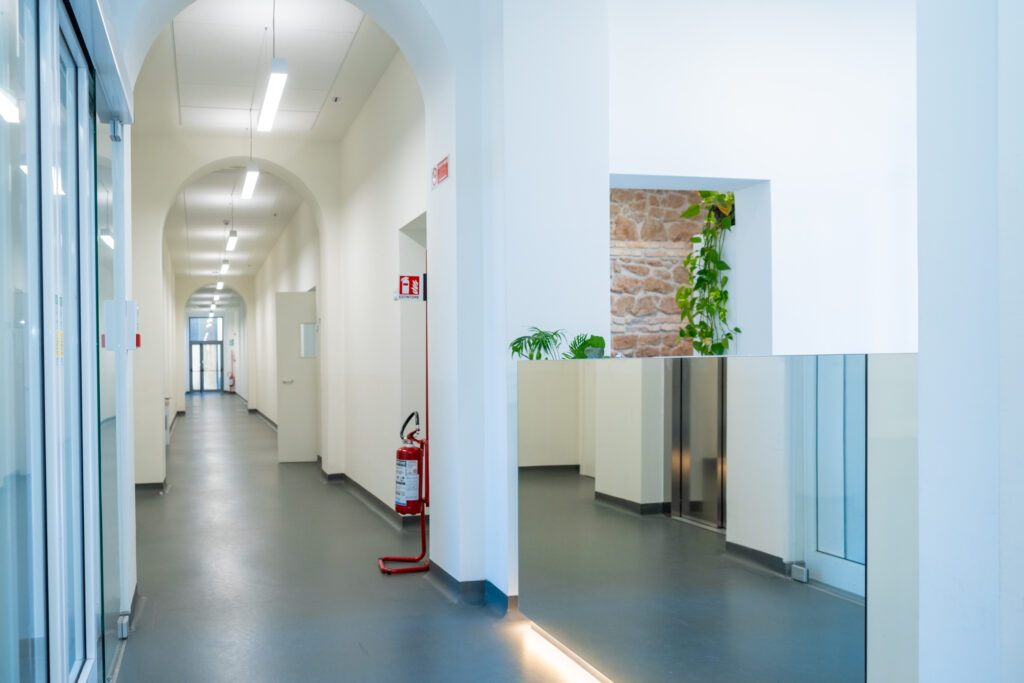
The Social Hub’s project extends beyond the building, planning to regenerate a vast area into a public park with student residences, community spaces, sports facilities, coworking areas, meeting rooms, restaurants, and bars.
Architect Walter Nicolino of WNA Studio designed the interiors of Accademia Italiana’s new campus.
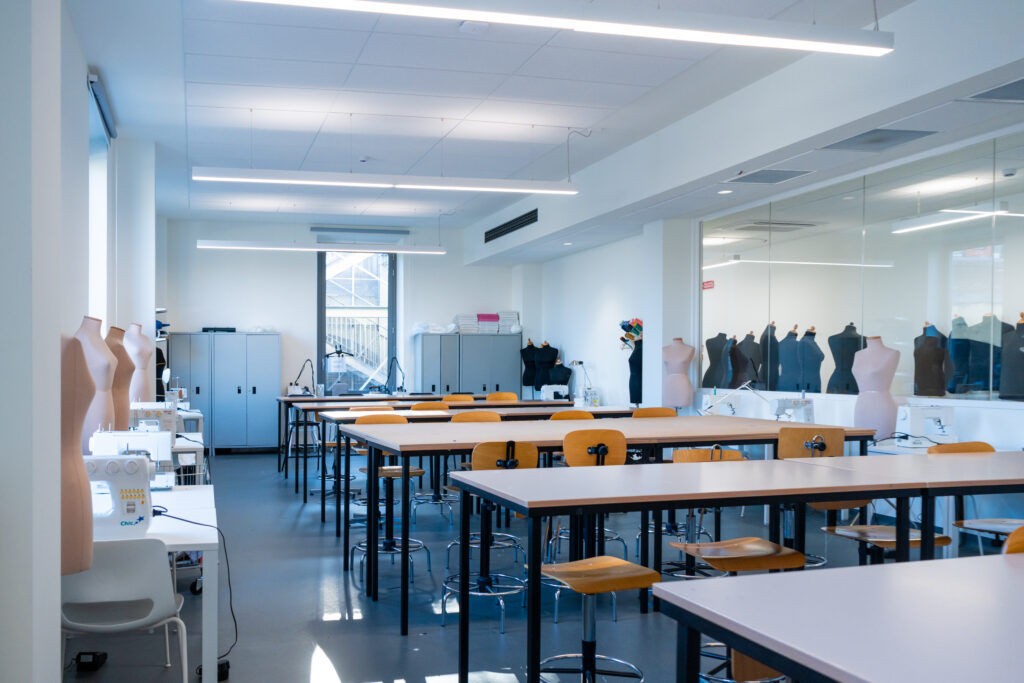
Federico Ognibene’s Vision: Lighting the Path at Accademia Italiana
Federico Ognibene, a lighting design teacher at Accademia Italiana in Rome and Florence, and a technical partner and guest lecturer for La Sapienza University’s Master in Lighting Design, has designed lighting solutions for over twenty years.
CEO of Veliterna company ILM Lighting, has been designing lighting solutions for both the architectural world and for entertainment and television for more than two decades.
His prestigious works include the Papal Basilica of Saint Francis of Assisi, Andrea Pozzo’s frescoed corridor (projects by engineer Marco Frascarolo), and the Casino dell’Aurora (projects by architect Adriano Caputo), as well as lighting for major RAI TV shows like the Sanremo Festival, Porta a Porta, and Telethon.
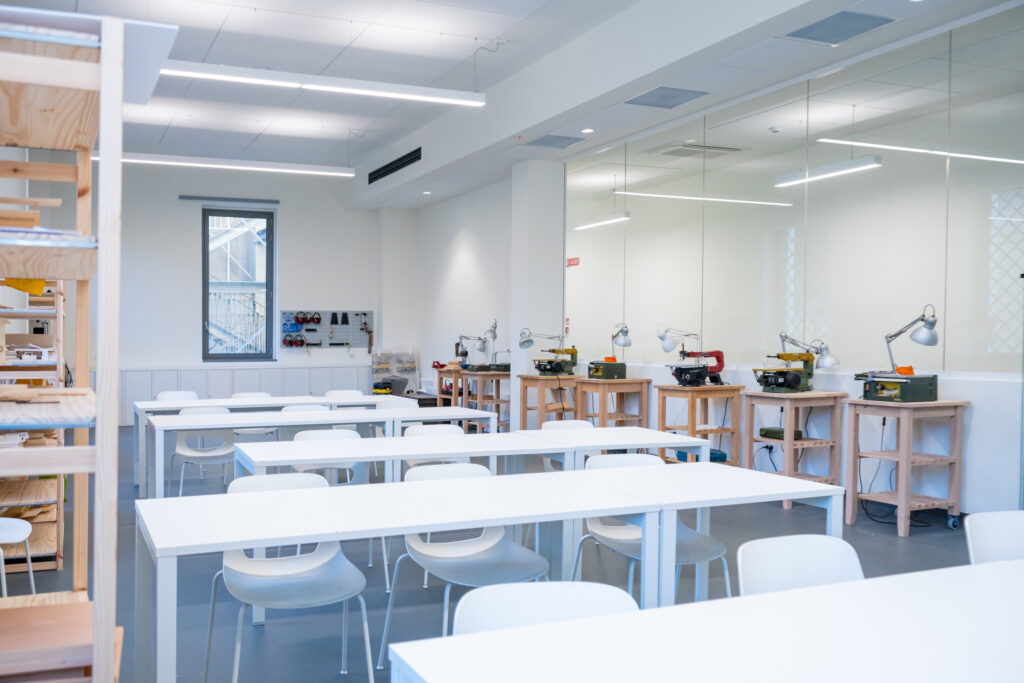
Sustainable Illumination: A New Standard in Visual Comfort
Designing the building with green criteria, Federico Ognibene focused on maximizing efficiency and reducing energy consumption, earning the prestigious BREEAM certification for environmental sustainability and occupant comfort.
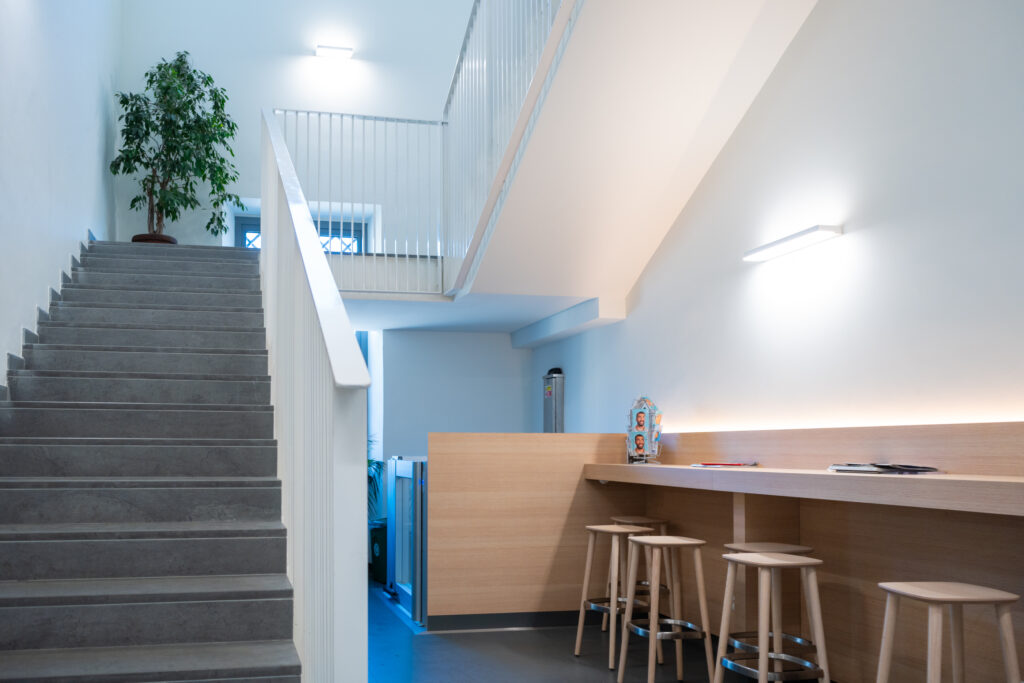
Effective light management is crucial in a green project’s energy assessment and in ensuring high visual comfort. Ognibene-selected luminaires that emit both direct and indirect light, capable of adjusting the luminous flux based on natural light availability.
A sophisticated system of more than 250 DALI 2 brightness and occupancy sensors, controlled by four synchronized digital processors, allows the building to autonomously and continuously adapt its indoor lighting.
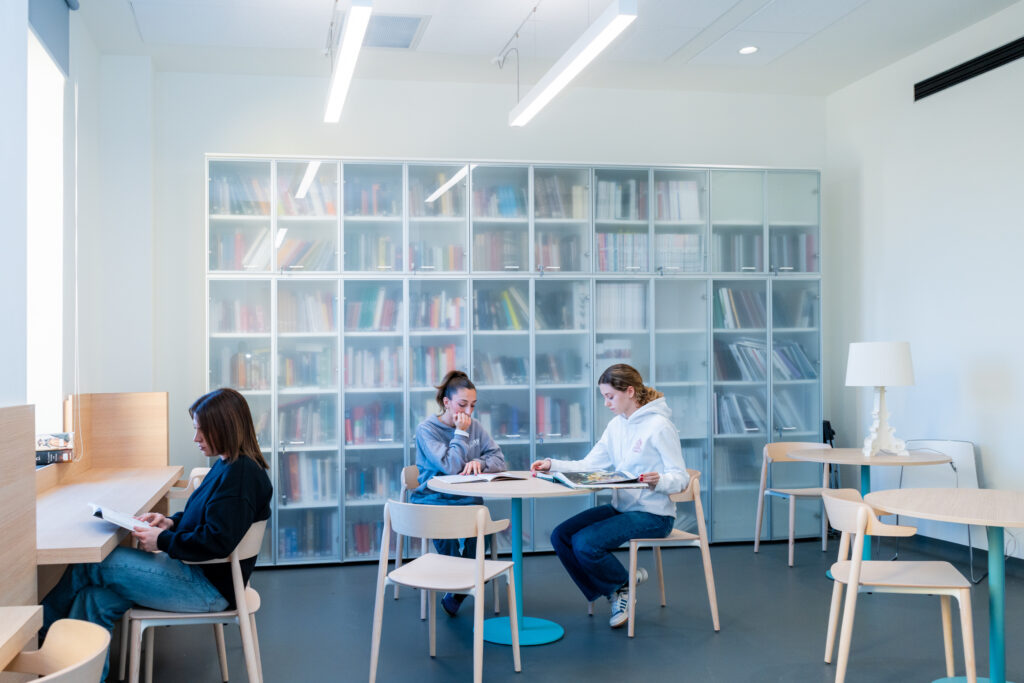
In classrooms, during daily activities, the direct light from the luminaires merges with natural light, creating the necessary comfort for visual tasks. In the evenings, the indirect light component reduces excessive luminance contrasts to prevent visual stress.
